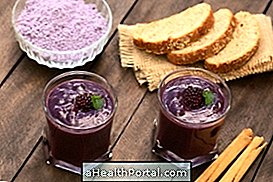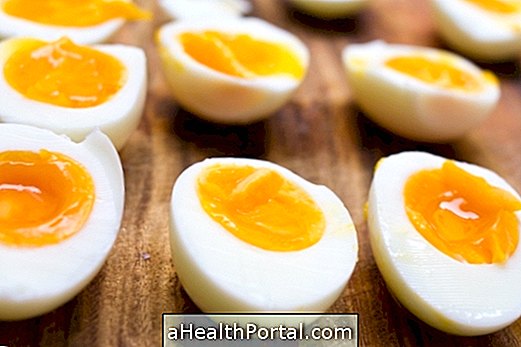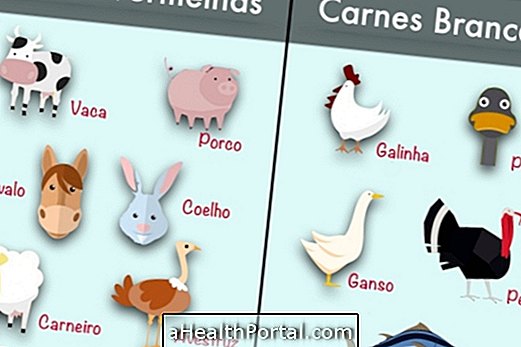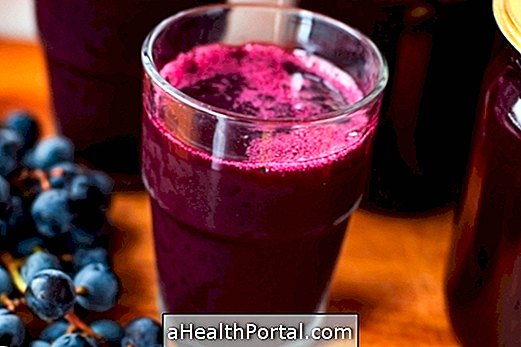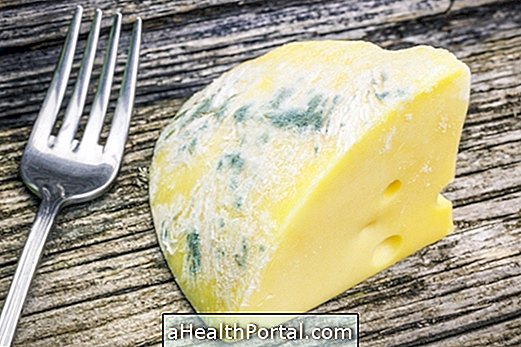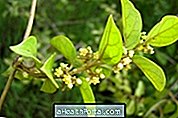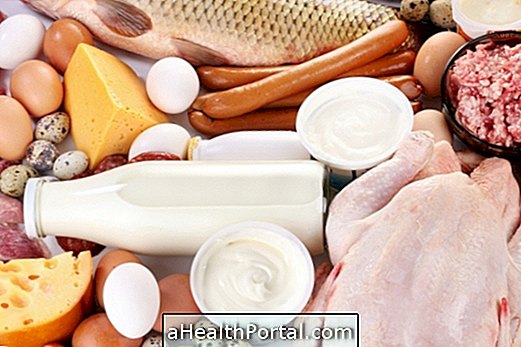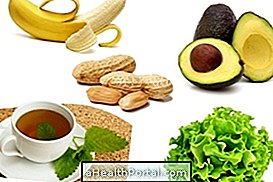Freezing vegetables and veggies is a good alternative to store these foods for longer and maintain their nutrients. When frozen properly, the vegetables last on average 6 months, and seasonings like garlic and onion, 1 month.
Freezing the vegetables is useful to take advantage of the leftovers or the vegetables of the time, besides facilitating the preparation of salads and quick meals. Some examples of vegetables that can be frozen are carrots, broccoli, beets and peppers.
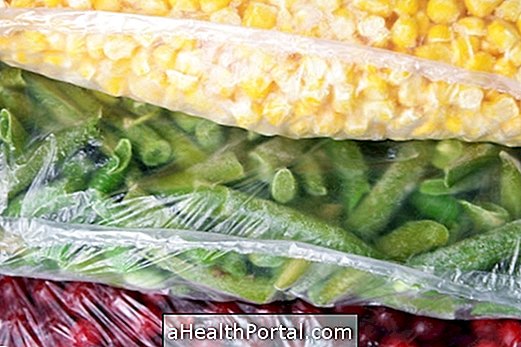
Types of freezing and forms of consumption
The type of freezing is specific to each legume, as some need to be frozen frozen, while others need to be boiled or scalded. Similarly, after thawing some vegetables can only be used boiled or sauteed.
Thus, the table below indicates how to prepare some vegetables for freezing and how they can be used after thawing.
| Food Frozen | To freeze | Cooking preparation |
| Onion, parsley | Wash and itch | Salads or food preparation |
| Basil | Blanket | Salads or sauces |
| Carrot, chili, pod, broccoli, spinach | Wash, cut and blanch | Braised salads, soups or stews |
| Potato, sweet potato, pumpkin, mandioquinha | Wash, cut and blanch | Cooked, baked, soups, purees or french fries |
| Tomato | To wash | Sauces or stewed meat |
| Beet | Wash and blanch | Boiled or soups |
| Eggplant | Wash, cut and blanch | Braised salads or soups |
| Cabbage, zucchini, turnip | Wash, cut and blanch | Sautéed soups, soups, cooked or sauteed meats |
| Bean | Cook and freeze with broth | Season and heat until boiling. |
| Corn, pea | Wash and blanch | Sautéed sauces, sauces or cooked meats |
Following is a list of steps to properly freeze the vegetables.
How to prepare vegetables to freeze
- Buy vegetables of good quality and fresh;
- Remove the inedible peels and wash the vegetables well;
- Cut the vegetables in the way you prefer to use them later, for example in cubes or slices.
What to do to be able to freeze longer
After the vegetables are prepared, it is necessary to scald and then give a thermal shock so that they do not spoil and so that the color and the nutrients remain during the time of freezing. This procedure is also called bleaching, and to do so it is due to:
- Place the vegetables for about 30 seconds to 2 minutes in boiling water;
- Remove the vegetables from the water and place them in a bowl with water and ice;
- Dry the vegetables in a clean cloth.
Freezing the vegetables even with excess water will leave them with a softer texture after thawing.


How to pack
Vegetables can be packed in freezer bags or in plastic or glass container with lid. At this stage, the following precautions must be taken:
- Pack only the amount that will be used later, as the vegetables stick to each other during freezing;
- Remove all air from the freezing bag and close tightly;
- If you freeze in tanks, you should cover them well so that the smell of the vegetables does not pass to other foods in the freezer.
Frozen vegetables accumulate water and do not become crunchier like when they are fresh, so ideally they should be cooked or roasted.
How to freeze seasonings and herbs
The process of freezing the vegetables used as seasonings, such as onions, garlic, basil and rosemary, includes washing, cutting and drying well before packing for freezing, not needing the stage of thermal shock. It is important to note that the drying process of the seasonings should be very well done, as freezing the still moist herbs will not make them look good after freezing.
Another way to freeze the herbs is to place them in ice forms and complete with water or olive oil, removing the cubes according to the need to use. See also How to freeze fruit pulp.


How to thaw vegetables, spices and herbs
Vegetables should be thawed before use, and the best way to defrost them is to put them in the refrigerator one day before use. If you want to make a faster thaw, put the vegetable bag in cold water.
Leaf-shaped seasonings such as basil and parsley can be added crushed still frozen by squeezing the sachet where they were stored. They can also be added directly into preparations with water, such as soup and beans, but onion and garlic, for example, need to be thawed before use.

